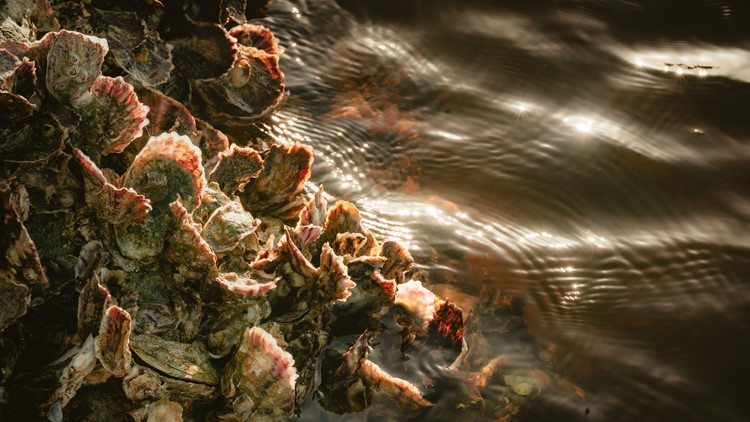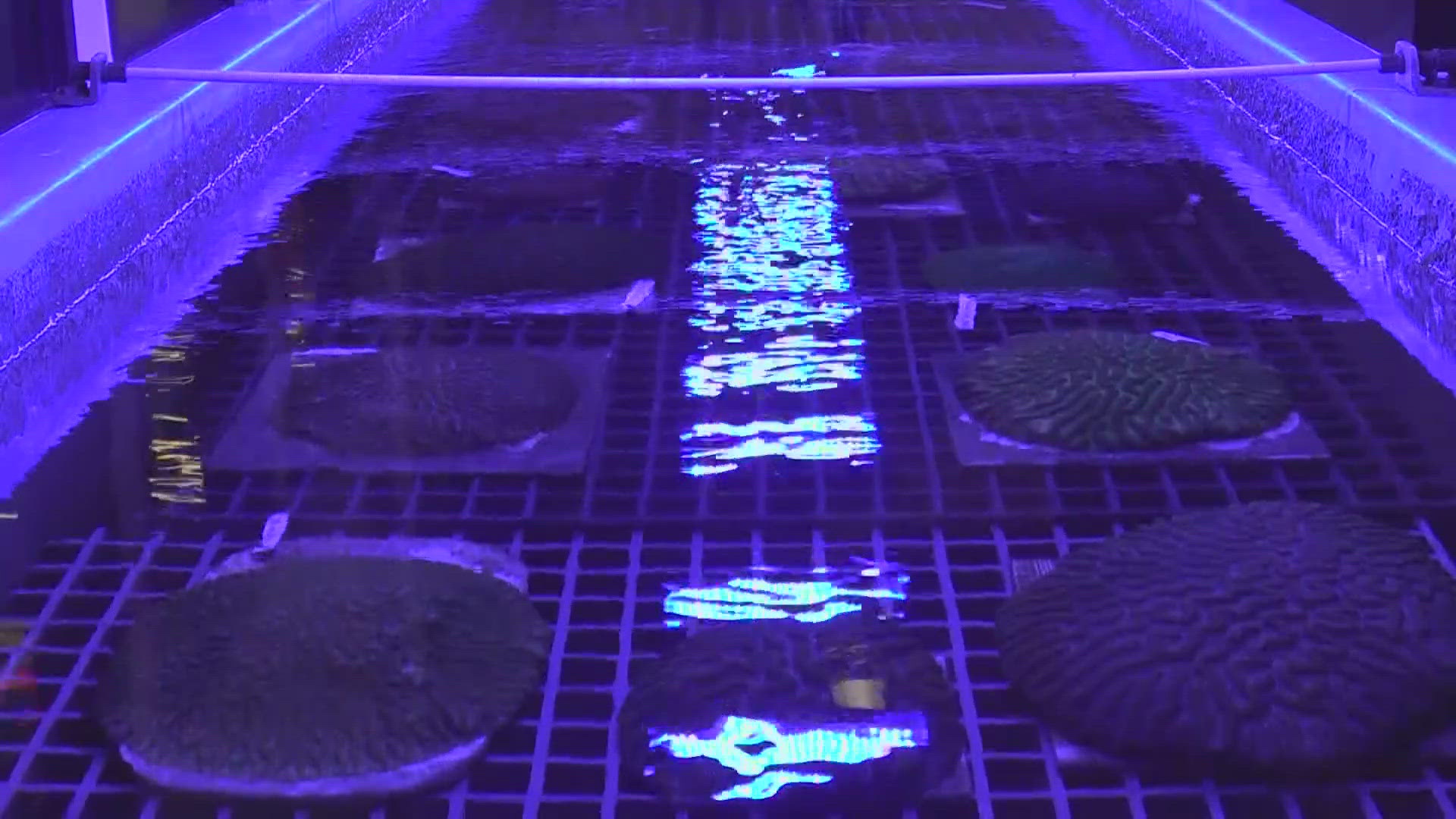TAMPA, Fla. — A local nonprofit has worked to restore the oyster population in Tampa Bay for nearly 30 years to rebuild the health of its ecosystem and protect the region's shorelines from coastal erosion.
Tampa Bay Watch said in a news release that their mission in helping increase the oyster population will help create a vital habitat for fish and other animals in the water that breed and mature in Tampa Bay, which is Florida's largest open water estuary.
"A single adult oyster can filter up to up to two gallons of water each hour, up to 50 gallons a day," the nonprofit stated in the news release. "Multiply that by tens or hundreds of thousands, and oysters become a powerful part of reversing decades of damage caused by pollution and habitat loss."
After acknowledging a 90% loss of oyster reefs in the Tampa Bay area due to human-related activities since the 1940s, such as widespread dredging and filling projects and wastewater and industrial discharges, Tampa Bay Watch said they developed the Community Oyster Reef Enhancement program in the early 2000s to help restore lost oyster habitats.
"Through CORE, Tampa Bay Watch has installed 15,000 oyster reef units and 2,500 tons of oyster shell to create more than two miles of oyster shell reef communities at over 30 sites in the Tampa Bay region of Hillsborough, Pinellas, and Manatee Counties," Tampa Bay Watch stated.
The project is currently located at MacDill Air Force Base in Tampa and consists of 9,700 oyster reef balls and 450 tons of oyster shell reef.
Tampa Bay Watch said the project also brings environmental awareness to people in the Tampa Bay region and offers hands-on experience in habitat restoration.
“Investing in oysters to restore an ecosystem is playing the long game,” Tampa Bay Watch oyster biologist Richard Radigan said in a statement. “It can take decades of careful planning and diligent work to establish populations and make sure they’re successful and Tampa Bay Watch has had that success many times over the past 30 years.”
More than 250,000 volunteers, students and campers have contributed to the nonprofit, and more than a million salt marshes grasses have been planted in the bay to help restore 250 acres of coastal tidal ponds.
To learn more about Tampa Bay Watch, click here.



